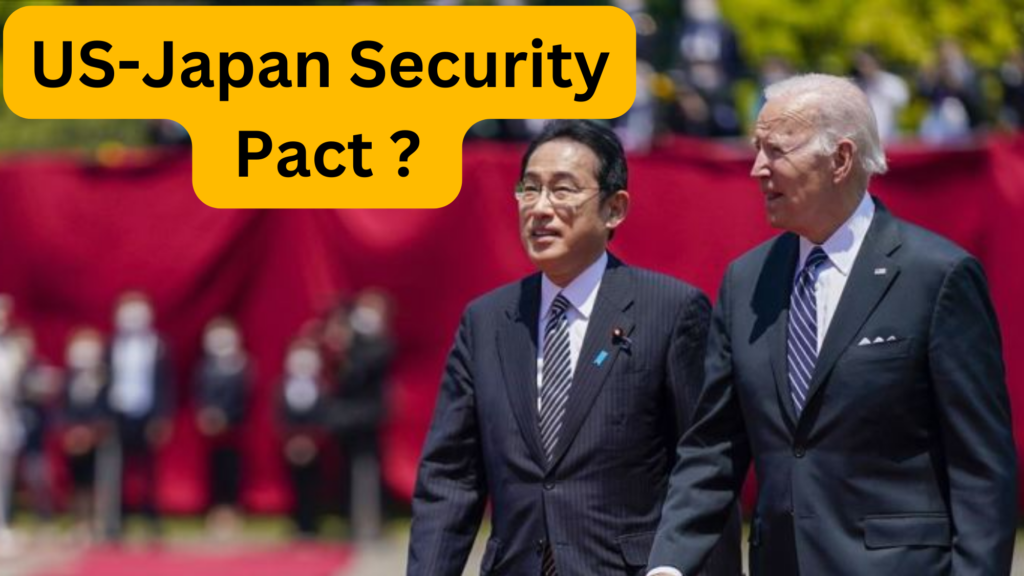

What is US-Japan Security Pact Upgrade and Implications?
The United States and Japan are set to embark on the most significant upgrade to their security alliance in over six decades, aiming to counter the growing influence of China in the region.
The proposed restructuring of the US military command in Japan will enhance operational planning and joint exercises between the two nations. President Joe Biden and Prime Minister Fumio Kishida are expected to unveil these plans during Kishida’s visit to the White House on April 10.
Also Read: How US Senators Secure $1.2 Trillion To Avoid Shutdown? (investonomic.co.in)
The move to bolster security ties between the US and Japan comes in response to the perceived threat from China, particularly in scenarios like a potential conflict over Taiwan.
Japan has been increasing its defense capabilities, including plans to purchase US Tomahawk cruise missiles and establish a “Joint Operations Command” to improve coordination within its Self-Defense Forces.
The need for closer operational coordination between the US and Japan was highlighted during joint rescue operations following the 2011 earthquake and tsunami.
Tokyo has long advocated for greater operational authority for the US Forces Japan (USFJ) commander to facilitate seamless cooperation on the ground. The proposed changes aim to enhance command and control structures in Japan and strengthen deterrence against potential adversaries like China and North Korea.
While the Biden administration is considering various models for enhancing the US military presence in Japan, including the creation of a new joint task force attached to the US Pacific Fleet, some resistance to the idea exists, including in Capitol Hill.
The ultimate goal is to improve day-to-day command and control operations between the two allies and ensure a more effective response to regional security challenges.
Also Read: 1.26 लाख करोड़ रुपये का निवेश: कैबिनेट ने सेमी कंडक्टर (investonomic.co.in)
The proposed upgrade to the US-Japan security pact underscores the evolving security dynamics in East Asia and the shared commitment of both nations to address emerging threats.
By enhancing operational coordination and command structures, the US and Japan aim to strengthen their defense capabilities and send a clear message to potential adversaries in the region.



